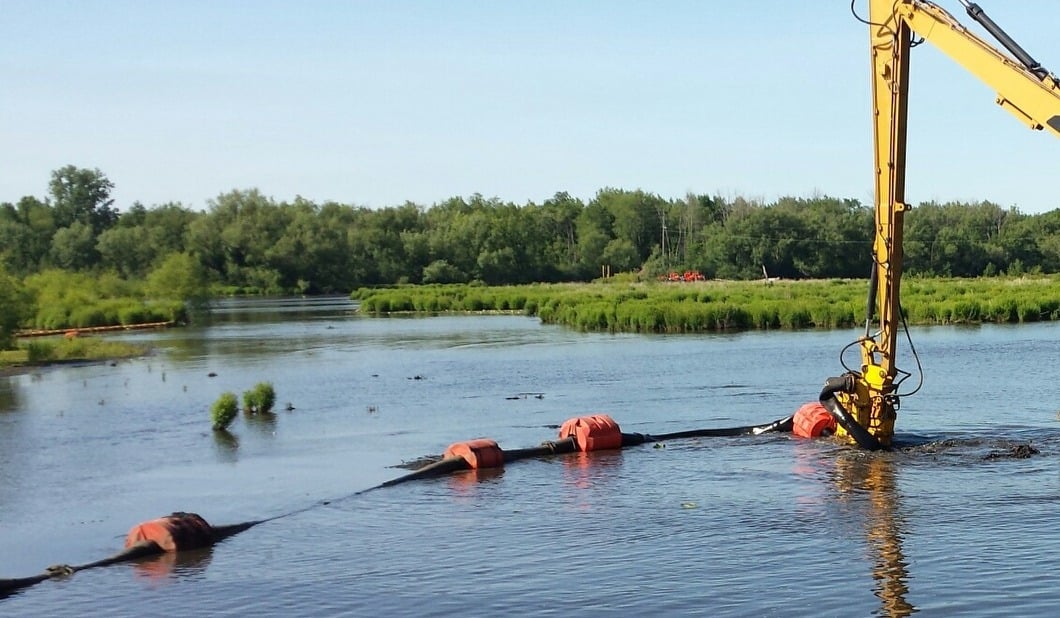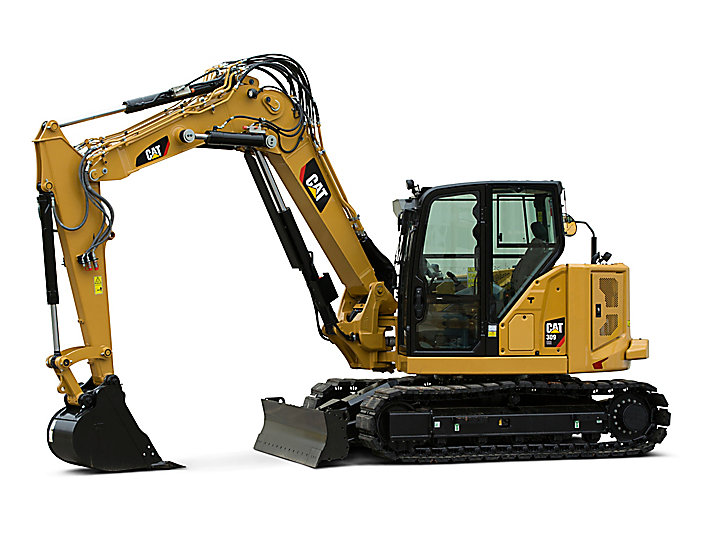Superior rentals squeeze tools: operator’s checklist
Everything About Oil Field Equipment and Pipeline Equipment: Key Insights and Vital Info
Oil field equipment and pipeline systems play a crucial role in the oil and gas market. They are essential for the reliable extraction and transport of hydrocarbons. Secret elements, such as drilling rigs and storage space containers, straight effect functional success. Improvements in modern technology assurance to enhance safety and effectiveness. Recognizing these elements is important for any individual associated with or interested in this intricate market, as it establishes the phase for much deeper expedition of market practices.

Review of Oil Field Equipment
As the demand for oil proceeds to grow, recognizing the devices used in oil areas becomes significantly vital. Oil field equipment encompasses a variety of machinery and devices crucial for exploration, removal, and handling. Key elements consist of drilling rigs, which are important for reaching oil reservoirs, and manufacturing devices, such as separators and pumps, that facilitate the extraction procedure. Superior rentals squeeze tools. Furthermore, storage space tanks play a considerable duty in holding petroleum prior to transportation. Security tools, including blowout preventers and stress gauges, assures operational safety and security and performance. Each piece of devices features cohesively to enhance manufacturing and maintain effective process. Familiarity with this devices is necessary for experts in the sector to ensure successful operations and adherence to safety and security criteria
Types of Drilling Rigs and Their Applications
Drilling rigs serve as the foundation of oil removal procedures, with various types created for specific geological conditions and operational needs. The most typical types include rotary drilling rigs, which utilize a rotating drill little bit to pass through the earth, and cord tool rigs, recognized for their percussion exploration method. For offshore operations, jack-up rigs and semi-submersible rigs provide security and assistance in aquatic atmospheres. In addition, directional exploration rigs make it possible for operators to drill at angles, getting to down payments that are not up and down accessible. Each rig kind has distinct benefits, enhancing performance and safety based upon the boring atmosphere. Selecting the suitable rig is necessary for taking full advantage of source removal while decreasing environmental influence and functional expenses.

Vital Pipeline Equipment and Their Functions
Pipeline facilities is vital for the transport of oil and gas from removal websites to processing centers and end-users. Various essential equipment elements facilitate this process. Pipelines themselves work as the key avenues, made to endure high pressure and destructive materials. Pump terminals are important for maintaining flow by enhancing pressure along the pipeline. Valves play an important function in regulating flow and separating areas for upkeep. Additionally, fittings and ports ensure protected joints between pipe areas. Monitoring systems, consisting of circulation meters and stress sensors, are essential for detecting leaks and optimizing flow rates. Pigging devices is used for maintenance and cleaning, safeguarding pipeline stability and performance. Together, these elements form the foundation of a trusted pipeline system.
Innovations and Technologies in Oil and Gas Equipment

Safety And Security and Upkeep Practices in the Oil Market
While the oil industry has actually made considerable strides in innovation and efficiency, the value of robust safety and security and upkeep methods can not be overemphasized. Reliable safety and security methods are necessary to shield workers and the atmosphere, minimizing the danger of crashes and spills. Regular assessments and upkeep of tools help determine potential concerns before they rise, ensuring functional stability. Training programs for staff members are essential, stressing the importance of security recognition and emergency action procedures. Additionally, adherence to market regulations and requirements fosters a society of security. Applying innovative monitoring technologies can further boost maintenance practices, permitting real-time analyses of tools conditions. Eventually, focusing on security and upkeep is important to the sustainability and success of the oil sector.
Often Asked Concerns
What Are the Ecological Impacts of Oil Field Equipment?
The environmental effects rodding sewer line of oil field equipment include habitat destruction, water contamination, and air contamination (Superior rentals squeeze tools). Additionally, devices breakdown can bring about spills, detrimentally influencing wild animals and communities, highlighting the demand for rigorous policies and tracking
How Is Oil Field Equipment Delivered to Remote Locations?
Delivering oil field equipment to remote places typically entails specialized lorries, helicopters, or barges. Logistics business coordinate routes, guaranteeing tools shows up securely and efficiently, taking into consideration hydraulic hammer for backhoe surface and ease of access to minimize hold-ups and take full advantage of efficiency.
What Governing Criteria Govern Oil Field Equipment?
Regulatory criteria governing oil field equipment mostly consist of safety and security, environmental management, and functional performance guidelines. Agencies such as OSHA and EPA implement these guidelines to guarantee risk-free practices and minimize environmental influence in oil extraction procedures.
What Abilities Are Needed to Operate Oil Field Machinery?

How Do Oil Prices Impact Equipment Need and Usage?
Oil rates greatly affect equipment demand and usage. Greater prices typically cause increased exploration and production tasks, driving demand for machinery. Alternatively, lower costs may cause reduced operations and decreased need for devices.